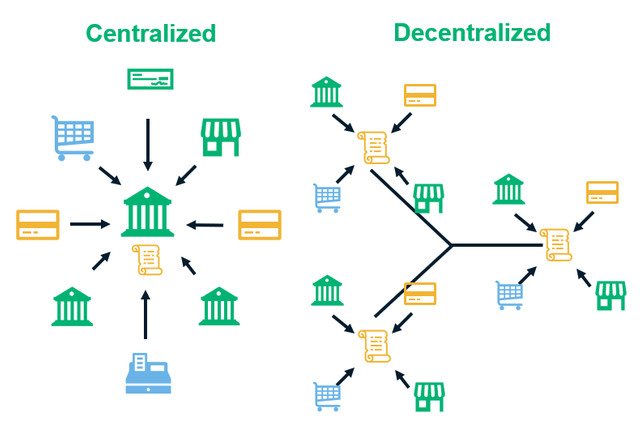Cryptocurrencies Use Decentralized, Distributed Systems

With cryptocurrencies, there’s no central authority, nor is there a centralized ledger. That’s because @cryptocurrencies operate in a decentralized system with a distributed ledger (more on this shortly) known as blockchain. Unlike the traditional banking system, anybody can be directly connected to and participate in the cryptocurrency “system.” You can send and receive payments without going through a central bank. That’s why it’s called decentralized digital currency.
But in addition to being decentralized, cryptocurrency is also a distributed system. This means the record (ledger) of all transactions is publicly available and stored on lots of different computers. This differs from the traditional banks we mentioned earlier, which are centralized systems.
But without a central bank, how are transactions verified before being added to the ledger? Instead of using a central banking system to verify transactions (for example, making sure the sender has enough money to make the payment), cryptocurrency uses cryptographic algorithms to verify transactions.
And that’s where bitcoin miners come in. Performing the cryptographic calculations for each transaction adds up to a lot of computing work. Miners use their computers to perform the cryptographic work required to add new transactions to the ledger. As a thanks, they get a small amount of cryptocurrency themselves.